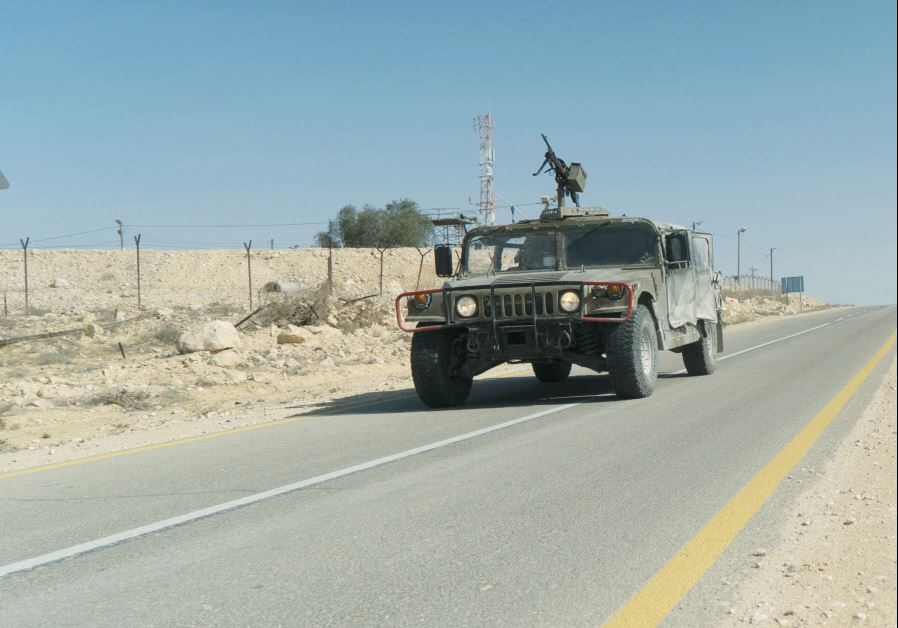On the prowl with Israel's desert patrol
More than a decade after it was founded as the first coed combat unit, the Caracal patrols the border with Egypt to keep up with ISIS threats
 Caracal patrols the border with Egypt to keep up with ISIS threats(photo credit: SETH J. FRANTZMAN)
Caracal patrols the border with Egypt to keep up with ISIS threats(photo credit: SETH J. FRANTZMAN)